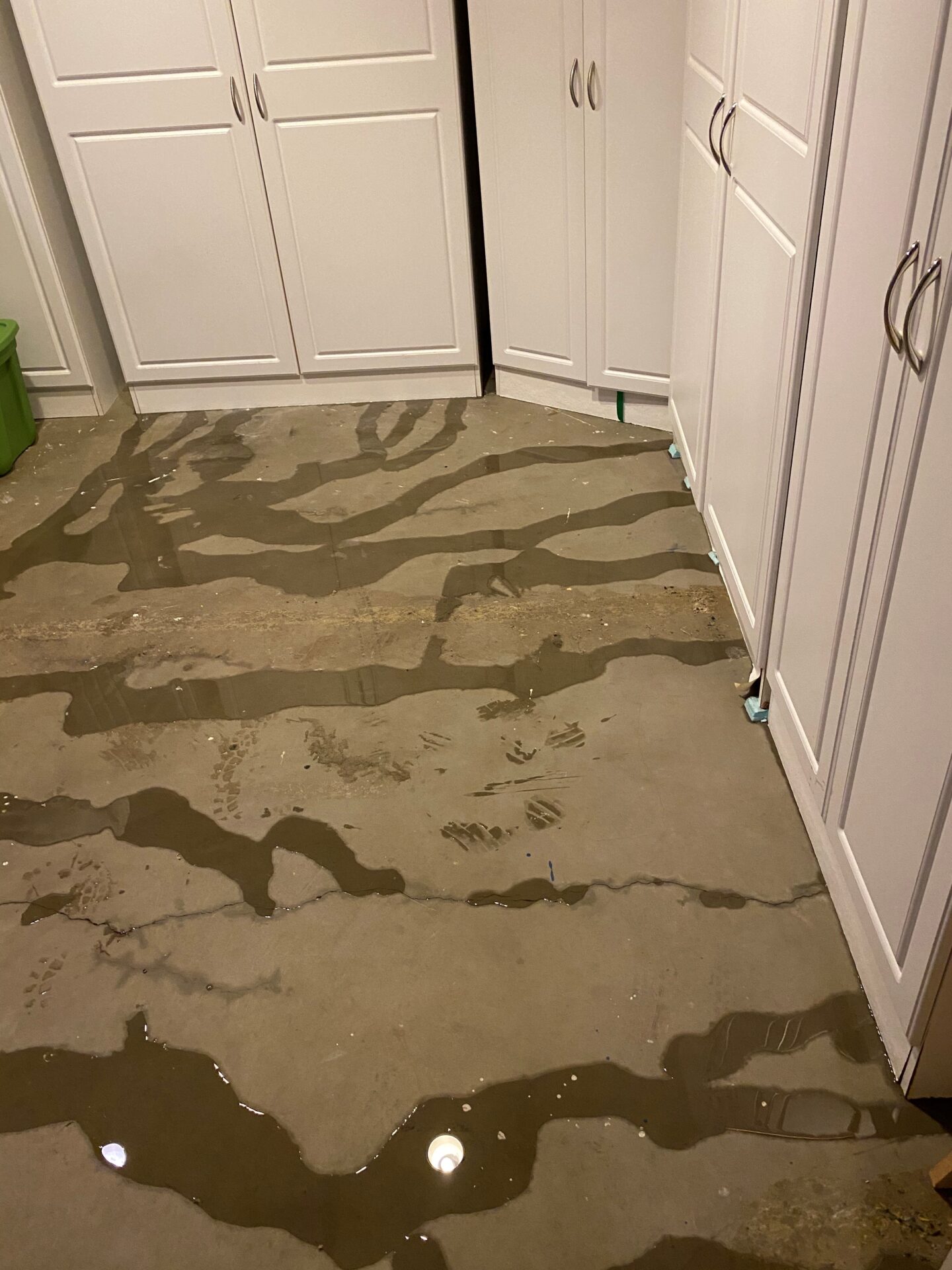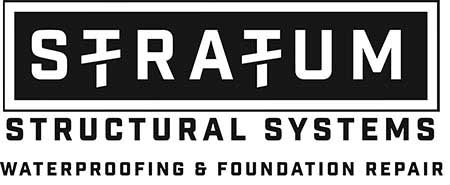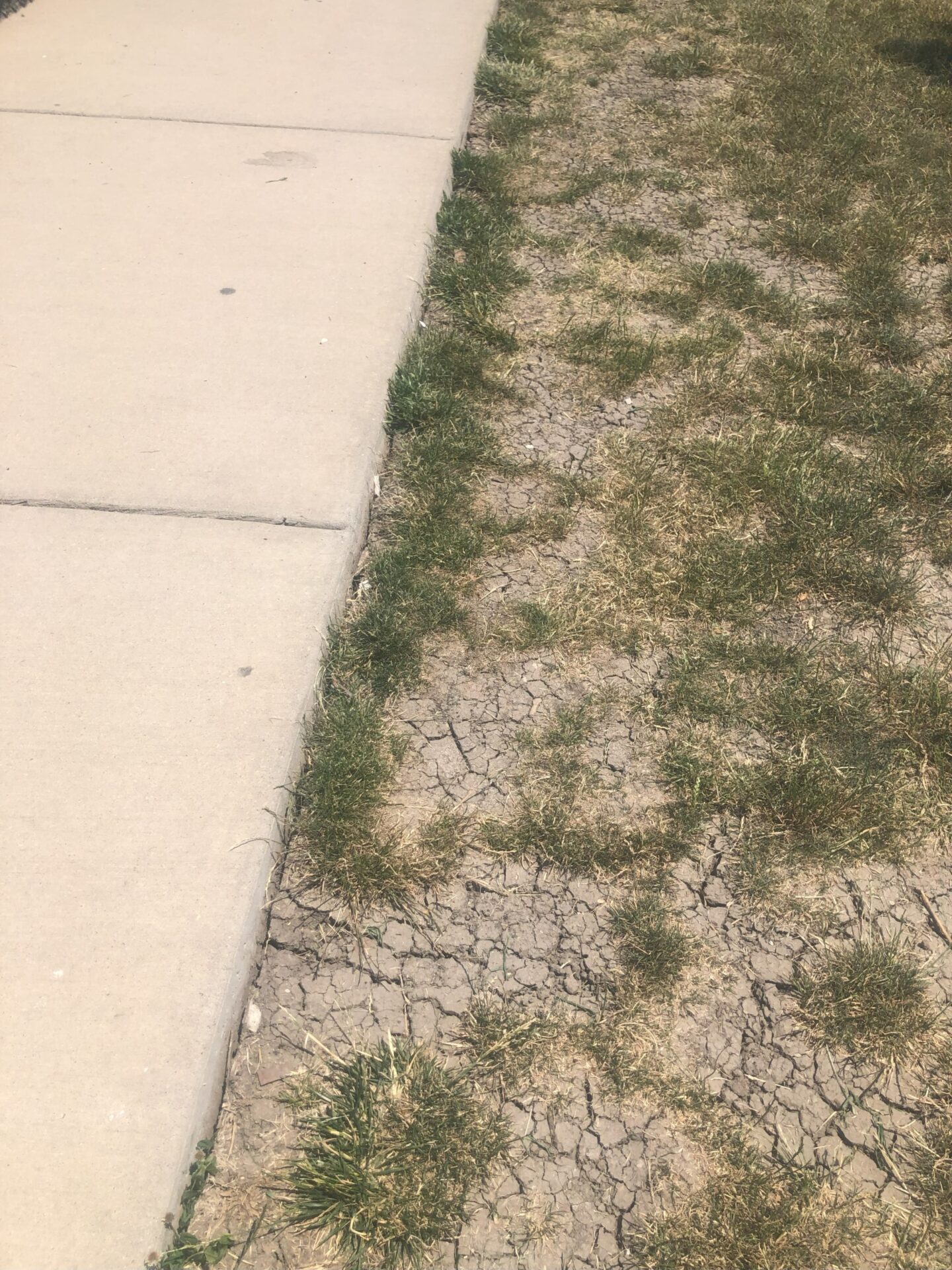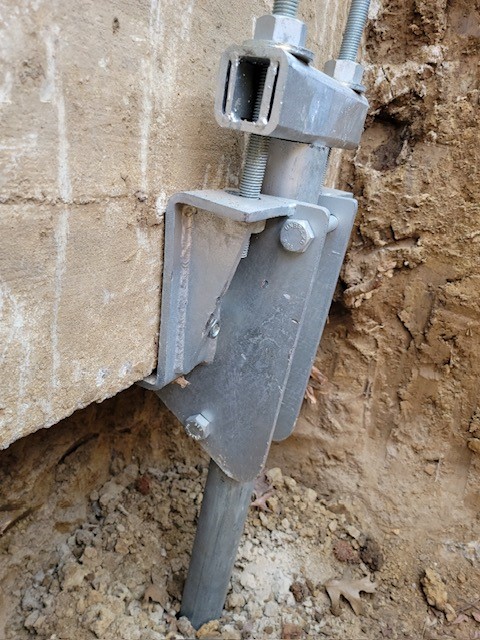Waterproofing Basement in St. Louis: Which Method is Best for Your Home?

Basement waterproofing your St. Louis property goes beyond simple home improvement. Ensuring a dry basement can be a major selling point, giving potential buyers assurance in the durability of your home. Waterproofing also serves as a preventative measure against potential structural damage from prolonged exposure to moisture. But perhaps most importantly, waterproofing your St. Louis basement curbs the growth of harmful mold and mildew, which protects the air quality of your home and health of your family. Many methods exist to keep your basement dry. Some or all of these suggestions might apply to your property. Let’s discuss some of those most common ways to waterproof your St. Louis basement.
Install a Sump Pump
A sump pump is a specialized device designed to combat basement flooding and prevent any damage from occurring. Its primary function is to move water from the lowest points in your home, such as the basement or crawl space, to the outside of your property. This device serves as an essential safety measure for homes situated in areas prone to water accumulation or flooding.
The pump is typically installed in a sump pit, which is a basin specifically installed at the most inconspicuous area of your house. Contrary to popular opinion, it does not have to be installed at the lowest point if you are also installing interior drain tile. Having a sump pump near areas that have a lot of plumbing, such as near the washing machine, hot water heater, or directly near basement bathrooms, can also be beneficial in case of a leak.
When water enters this pit due to acts of nature, such as normal groundwater seepage or flooding, the pump activates. It then moves the accumulated water away from the house, discharging it into a designated drainage area outdoors.
This process keeps the basement dry especially if utilized in conjunction with an interior drain tile system, safeguarding the home from potential water damage and associated issues like mold growth.
Use Vapor Barriers in crawl spaces
Vapor barriers play a particularly valuable role for basement and crawl space waterproofing. Usually made from plastic or foil sheeting, they resist moisture movement through surfaces. These surfaces include walls, ceilings, or floors or even dirt floors which is common in crawl spaces.
The main function of vapor barriers is to control moisture or water vapor passage. This prevents it from reaching and damaging a building’s structural components.
Basement waterproofing can benefit significantly from vapor barriers, especially in humid regions like St. Louis. You can install these barriers on both the walls and floor of your basement or crawlspace.
Implementing vapor barriers can greatly reduce moisture seeping into your home, helping you maintain a dry basement. It also lessens the risk of issues like mold growth and other moisture-related problems.
Water only needs a tiny amount of space to enter the house, rot wood, or cause mold growth, among other potential issues. Therefore, the installation of vapor barriers should be done by professionals. This ensures correct placement and maximum effectiveness.
Proper Ventilation and Humidity Control
Landscaping plays a crucial role in maintaining the structural integrity of your home, especially when it comes to preventing basement leaks. One of the most effective landscaping techniques is to ensure that the ground around your home slopes away from the foundation.
When the ground slopes away from your home, it naturally guides rainwater and other sources of moisture away from your foundation. This prevents water from pooling around the base of your home, which can cause significant problems over time.
If water collects near your foundation, it can seep into your basement. Eventually, this can lead to dampness, mold growth, and even structural damage.
By carefully shaping the terrain around your home, you can encourage water to flow in the right direction…away from your house and towards appropriate runoff areas. This simple yet effective approach can save you from costly repairs and keep your basement dry and safe.
Maintain Gutters and Downspouts
Maintaining gutters and downspouts is a crucial part of home maintenance that directly impacts the health of your home’s foundation. These elements of your home’s drainage system are designed to channel rainwater away from the structure, but when they’re neglected or blocked, they can’t perform this essential function.
Regular cleaning of gutters and downspouts prevents blockages from leaves, debris, and other obstructions. Without these blockages, water can flow freely, reducing the risk of overflow.
When gutters and downspouts are clogged, water tends to spill over the sides, accumulating around your home’s foundation. This can lead to a host of problems, including soil erosion, foundation damage, and basement leaks.
By ensuring your gutters and downspouts are well-maintained and clear of debris, you’re not just preserving the functionality of these components; you’re also safeguarding your home’s foundation and preventing potential basement leaks. It’s an easy task that yields significant benefits for the overall health and longevity of your home.
Regrade the Lawn
Landscaping plays a crucial role in maintaining the structural integrity of your home, especially when it comes to preventing basement leaks. One of the most effective landscaping techniques is to ensure that the ground around your home slopes away from the foundation.
When the ground slopes away from your home, it naturally guides rainwater and other sources of moisture away from your foundation. This prevents water from pooling around the base of your home, which can cause significant problems over time.
If water collects near your foundation, it can seep into your basement, leading to dampness, mold growth, and even structural damage. By carefully shaping the terrain around your home, you can encourage water to flow in the right direction – away from your house and towards appropriate runoff areas. This simple yet effective approach can save you from costly repairs and keep your basement dry and safe.
Protect Your Windows with Well Covers
Window well covers are a beneficial addition to basement windows that could potentially help prevent flooding. These covers act as a protective barrier against external elements such as rain, snow, and debris, which could otherwise accumulate and lead to water seeping into your basement.
Window well covers are typically made from materials like plastic or metal, offering durability and effective resistance against harsh weather conditions. Clear polycarbonate window well covers are a popular choice as they allow natural light into the basement while offering robust protection.
It’s important to keep in mind that a low-quality cover or one that fits poorly, might not provide the protection your basement needs. Ideally, the cover should be securely fastened to your concrete foundation, ensuring it stays in place even in adverse weather.
With that said, we consider window well covers to be a short-term solution. Let’s take a look at a long-term solution you should consider instead.
Add a French Drain to Your Exterior
French drains present a compelling alternative to window well covers when it comes to managing water build-up around your home’s foundations. This waterproofing solution is essentially a trench filled with gravel or rock containing a perforated pipe that redirects surface and groundwater away from your home’s foundation.
This system works by collecting water over the entire length of the drain, then dispersing it through the perforated pipe to a safer location away from your home. In contrast to window well covers, which primarily protect against direct rainfall and debris, French drains deal more comprehensively with groundwater, providing a more robust solution for water management.
Moreover, French drains offer a more integrated, less visible solution compared to window well covers. Once installed, they become part of your landscape, working silently beneath the surface to protect your home.
Start Waterproofing Your St. Louis Basement
The importance of working with a licensed contractor for basement waterproofing in St. Louis cannot be overstated. Such professionals bring a wealth of knowledge and experience to the table, enabling them to tailor waterproofing methods to meet the specific needs of your home.
Hiring a professional can help prevent leaks in and around your home, thereby saving you from potential damage and costly repairs down the line. It’s also essential that the contractor employs a reliable, insured workforce, ensuring that anyone working on your property is licensed and has the skills required to waterproof your St. Louis home.
Stratum Structural Systems is a team of experts that stands out for our commitment to high-quality service and ethical business practices. We take pride in our reputation as the go-to experts for basement waterproofing in St. Louis. More Professional Engineers, ASHI Inspectors and Contractors refer to Stratum Structural Systems than any other basement waterproofing company.
Our satisfied clients have left numerous positive reviews, highlighting our professionalism, attention to detail, and the quality of our work. When you choose Stratum Structural Systems, you’re choosing a team that prioritizes your home’s unique needs to deliver effective, personalized solutions.




